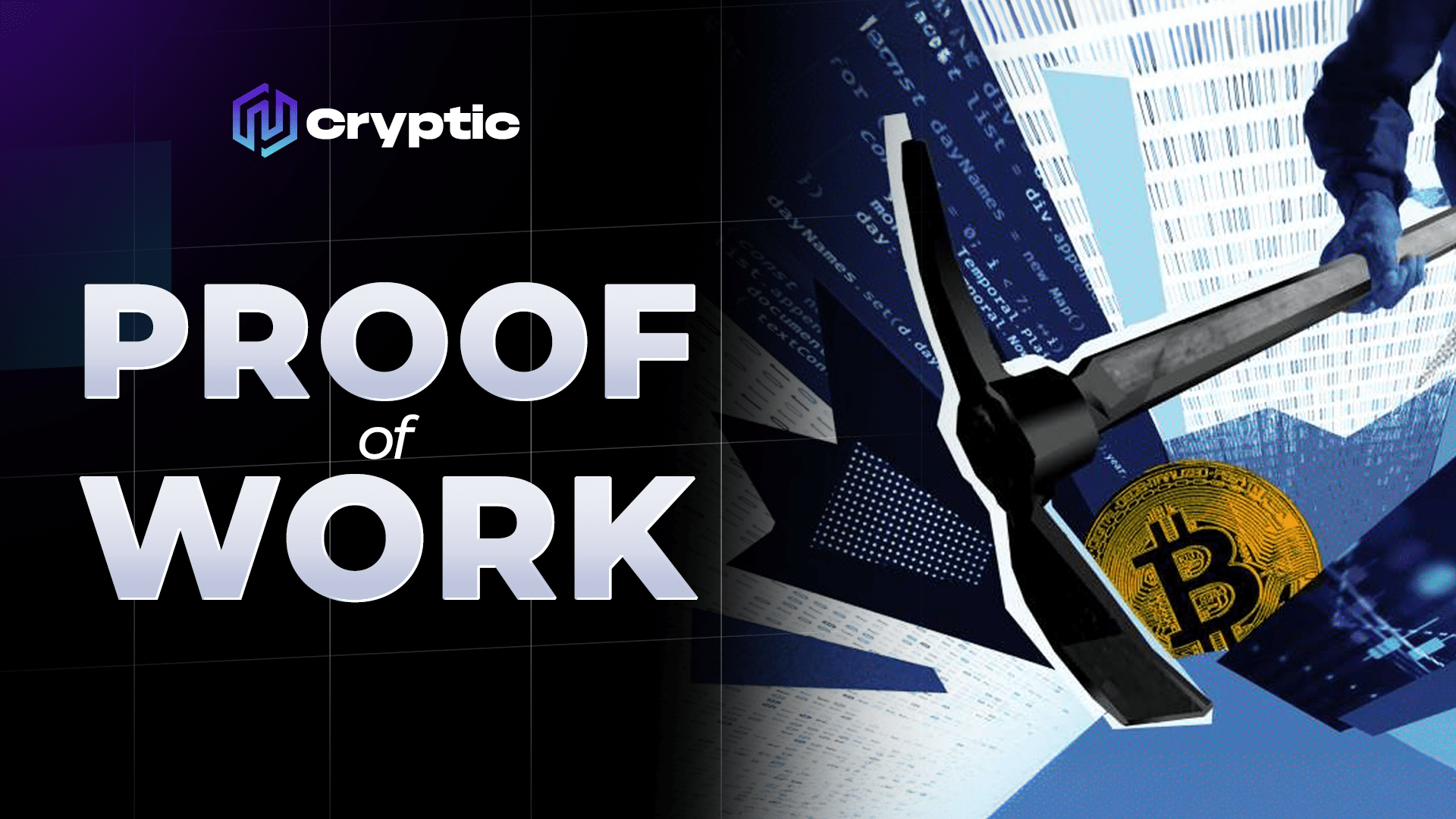Proof of work (PoW) stands as the cornerstone consensus mechanism for many blockchains, particularly Bitcoin, the granddaddy of cryptocurrencies. It’s a cryptographic system that underpins the security and decentralization of these digital ledgers. But how exactly does it work, and what are its strengths and weaknesses? This article dives deep into the world of proof of work, exploring its inner workings, its role in Web3, and the ongoing debate surrounding its future.
The Core Concept: Effort Equals Trust
Imagine a room full of people vying to solve a complex math puzzle. The first one to crack the code earns a reward and the right to inscribe a new page into a shared ledger. This, in essence, is the essence of proof of work.
In the blockchain realm, miners – powerful computers distributed across the globe – compete to solve cryptographic puzzles. These puzzles are deliberately difficult, requiring immense computational power. The winning miner gets to add the next block of transactions to the blockchain and receives a cryptocurrency reward.
The Power of Proof of Work
Here’s how proof of work safeguards blockchains:
- Security: Solving the puzzles is computationally expensive. An attacker attempting to tamper with the blockchain would need to control a majority of the mining power, a near-impossible feat due to the distributed nature of the network.
- Decentralization: Anyone with the necessary computing resources can participate in mining, preventing any single entity from controlling the network.
- Immutability: Once a block is added to the blockchain, it’s incredibly difficult to alter it. The cryptographic hash of the previous block is included in each new block, creating a tamper-evident chain.
The Flip Side of the Coin: The Drawbacks of PoW
While powerful, proof of work isn’t without its drawbacks:
- Energy Consumption: The complex computations required for mining guzzle vast amounts of electricity. This raises concerns about the environmental impact of PoW blockchains.
- Scalability: As the number of users on a PoW blockchain increases, so too does the mining difficulty. This can lead to slower transaction processing times and higher fees.
- Centralization of Mining: The emergence of large-scale mining pools raises concerns about centralization, as these pools can accumulate significant mining power.
The Future of Proof of Work: Innovation and Alternatives
The energy consumption of PoW has sparked the development of alternative consensus mechanisms, such as proof of stake (PoS). PoS relies on coin ownership to validate transactions, reducing the need for extensive computation.
However, PoW remains a critical technology in the blockchain landscape. Here are some ways the future of PoW might unfold:
- Renewable Energy Integration: Miners increasingly tapping into renewable energy sources to power their operations.
- Efficiency Improvements: Advancements in mining hardware and software could potentially reduce energy consumption.
- Hybrid Approaches: Blockchains potentially adopting hybrid models that combine PoW with other consensus mechanisms.
Conclusion: Proof of Work – A Cornerstone with Challenges
Proof of work has played a pivotal role in establishing blockchains as secure and reliable platforms. While its energy consumption is a significant concern, ongoing innovation and the potential for integration with renewable energy sources offer hope for a more sustainable future. As the Web3 ecosystem evolves, PoW will likely continue to play a vital role, though it may coexist with and adapt alongside emerging consensus mechanisms.



